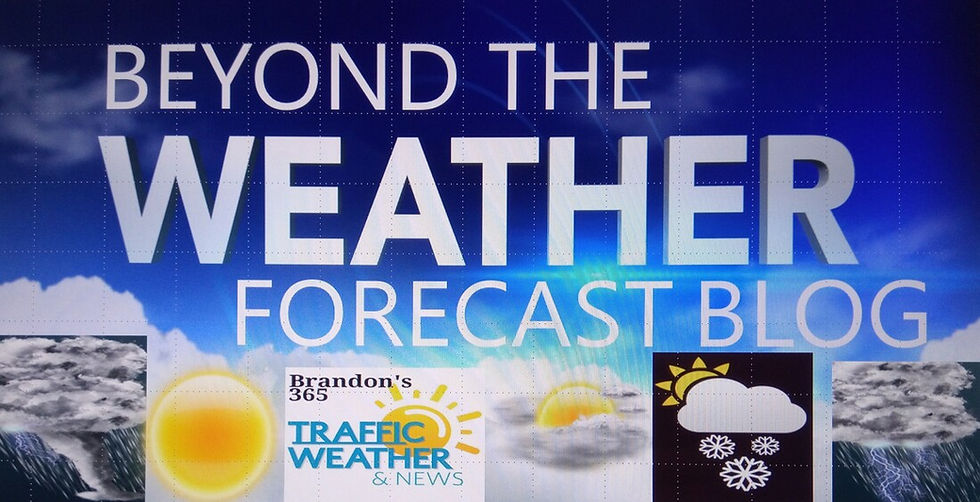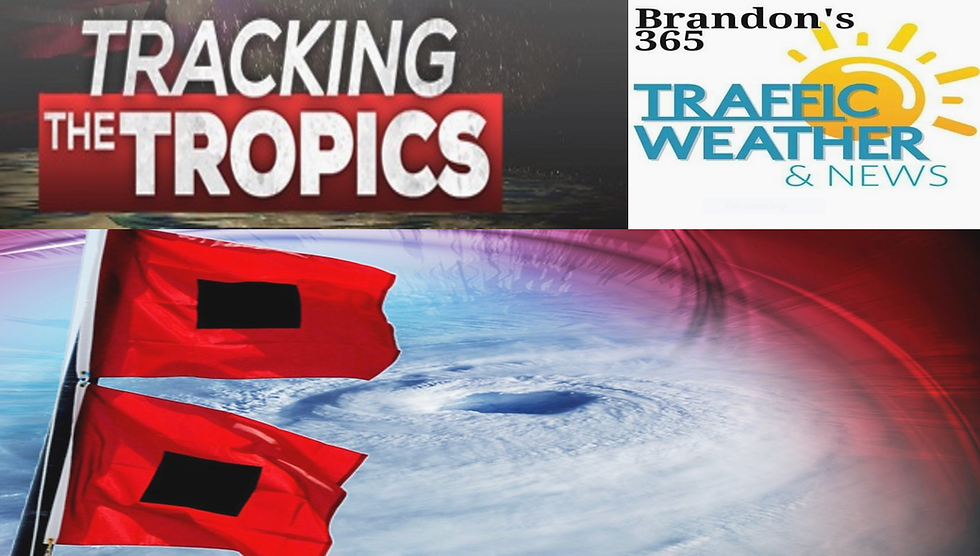The effect of La Niña on severe weather and Hurricanes.
- Brandon Shipp

- Feb 12, 2022
- 2 min read

Research has showed that ENSO affects tornado frequency by influencing the position of the jet stream over North America. A pool of unusually cold water in the tropical Pacific Ocean can influence weather patterns all around the globe. When a La Niña is present in the spring, the jet stream tends to migrate farther north. This sets up a large temperature contrast in the US. It separates warm, humid air across the south from winter’s lingering chill in the north. El Niño/La Niña conditions often persist from winter into spring, so the ENSO state seen in December, January, and February can be used to predict tornado and severe storm frequency for March, April, and May. This persistent collision of air masses can fuel an active storm track from the Rockies to the southeast: a recipe for severe weather.
In general, tornado season peaks in Gulf Coast states late winter and in the spring, in the southern Plains in May and June, and in upper Midwest in June and July. Although severe weather and tornadoes can occur anytime of the year anywhere different regions in the Untied States have different peak times for severe weather when severe weather is most common due to the changes in the jet stream and it is most common in the south and southeast due to the close proximity to the Gulf of Mexico. The Gulf of Mexico serves as a source of abundant moisture. During La Niña, the jet stream that drives much of our weather is somewhat weakened relative to neutral years, and the mid-latitude branch is diverted northward toward the Arctic over the western or central Pacific, and southward over northwestern North America. La Niña does not always increase tornado potential. There have been some years with below average numbers. 2011 was a La Niña during the big outbreak in April. There were two significant outbreaks in the month of April. 1998 and 1999 was also La Niña years with several severe weather events especially between Oklahoma and Georgia. There was several major tornadoes in Oklahoma those years. 2008 was a La Niña year with several severe weather events. In March of 2008 several tornadoes hit Georgia and Alabama one even hit downtown Atlanta. 2021 was also La Niña when the EF-4 tornado hit Newnan Georgia. La Niña often means a more active hurricane season and also Neutral years can mean a more active hurricane season where as El Niño is less favorable for hurricane development. During La Niña there is weaker vertical wind shear and trade winds. Wind shear can tear hurricanes apart so if there is not any wind shear and the water temperatures are 80 or above they are able to intensify and sometimes rapidly intensify. During El Niño there is a lot of wind shear so that inhibits a lot of hurricane development. Both the record breaking 2005 and 2020 Hurricane seasons was during La Niña. 2020 set a new record for the most storms many of which rapidly intensified. La Niña is likely to continue into the Northern Hemisphere spring (77% chance during March-May 2022) and then transition to ENSO-neutral (56% chance during May-July 2022).



















Comments